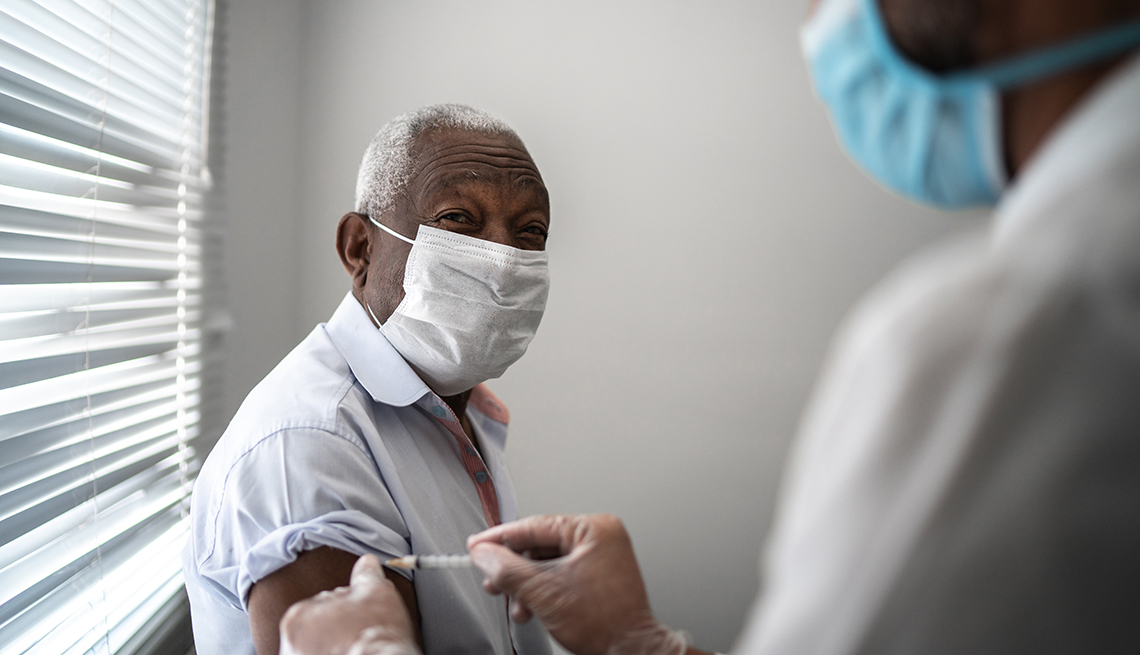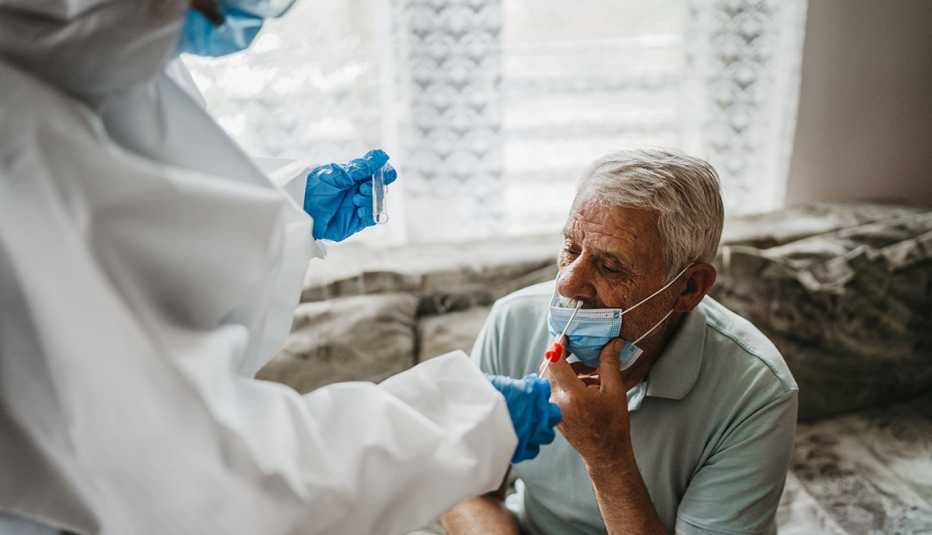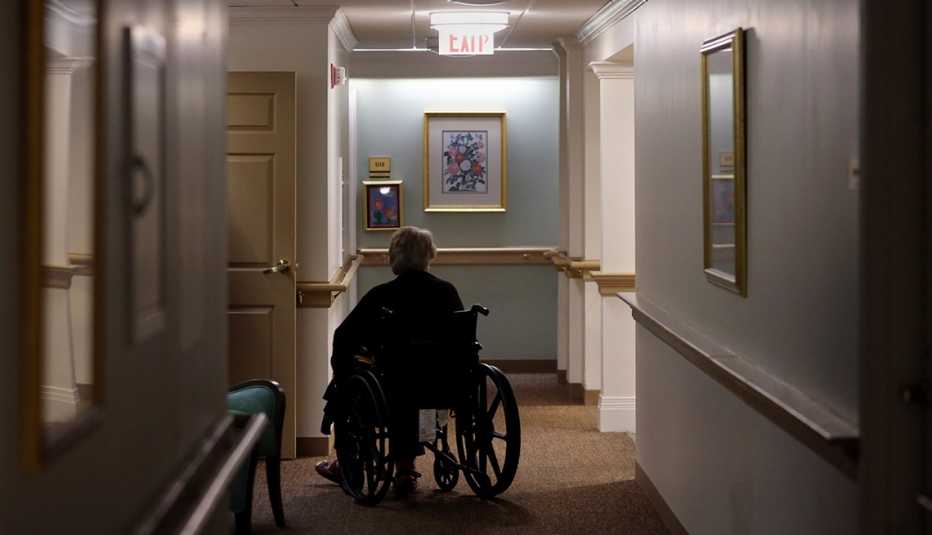Staying Fit
With the country's first coronavirus vaccine now authorized for emergency use, many in America's hard-hit long-term care community are turning their attention toward logistics. How do they actually get the vaccine?
Inoculating residents and staff in nursing homes and other long-term care facilities, which have seen more than 106,000 COVID-19 deaths — or some 40 percent of the nation's entire coronavirus death toll — will be no easy feat. A federal initiative, the Pharmacy Partnership for Long-Term Care program, has contracted with the drugstore chains CVS and Walgreens to provide and administer the coronavirus vaccines at no cost to long-term care residents and staff at their facilities. But key details are still being determined, including exactly how many vaccines each state and territory will allocate to the program in the initial distribution phases, whether long-term care staff are included in those allocations and whether rural facilities can be served.


AARP Membership— $12 for your first year when you sign up for Automatic Renewal
Get instant access to members-only products and hundreds of discounts, a free second membership, and a subscription to AARP the Magazine.
And all of this will play out as the crisis in long-term care intensifies in the coming winter, with cases and deaths soaring like never before. “This is a massive undertaking that's never been done before,” says Jennifer Kates, senior vice president and director of global health and HIV policy at the Henry J. Kaiser Family Foundation. “It provides a really good platform for reaching this population ... but it doesn't mean there won't be challenges.”
"The trial run,” she adds, “is going to be the actual run.”
Who gets what, and when?
Pfizer's COVID-19 vaccine, which was found to be 95 percent effective in a late-stage study in November, is the first vaccine to be granted emergency use authorization by the Food & Drug Administration. This week, 6.4 million doses are being pushed out nationwide in the first round of distribution.
The Centers for Disease Control and Prevention (CDC) has recommended that long-term care residents and health care personnel — workers in long-term care facilities, hospitals, outpatient clinics, home health care, pharmacies, emergency services and other public health settings — be the first to receive the vaccine. But there are not enough doses in the first batch to go around. The U.S. has roughly 3 million long-term care residents: 1.3 million in skilled nursing facilities, 800,000 in assisted living and 900,000 in other forms of residential care. And there are roughly 21 million health care professionals.
Precisely who among them receives the first doses varies from state to state. While the federal government has divided up the initial 6.4 million doses among all states and territories, based on how many adults live in each, it was left to the governors and local leaders to determine exactly who gets their first allotted vaccines.




































































